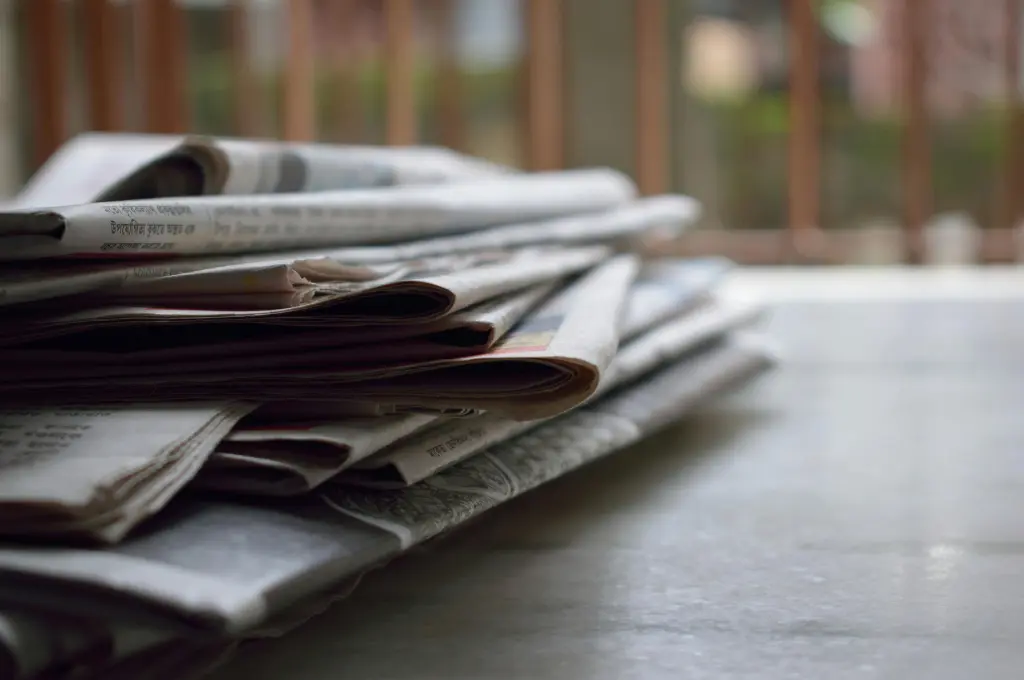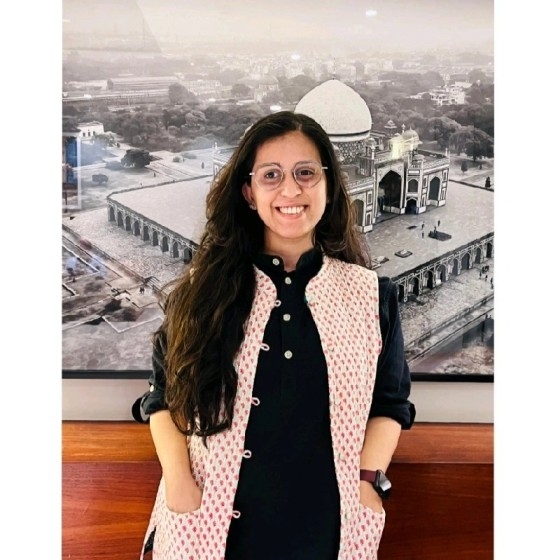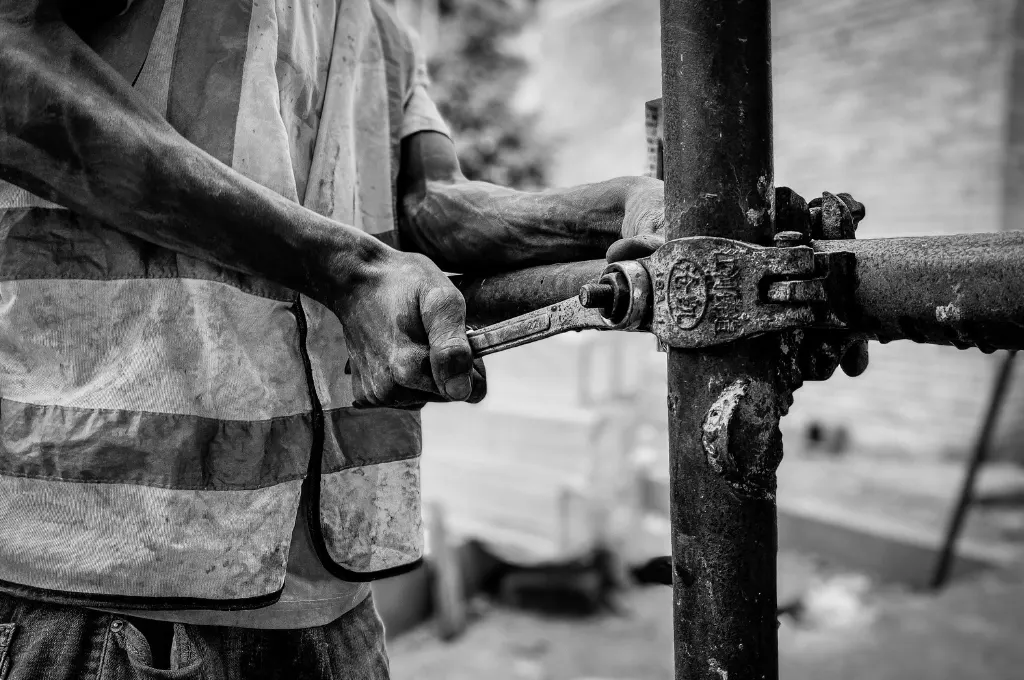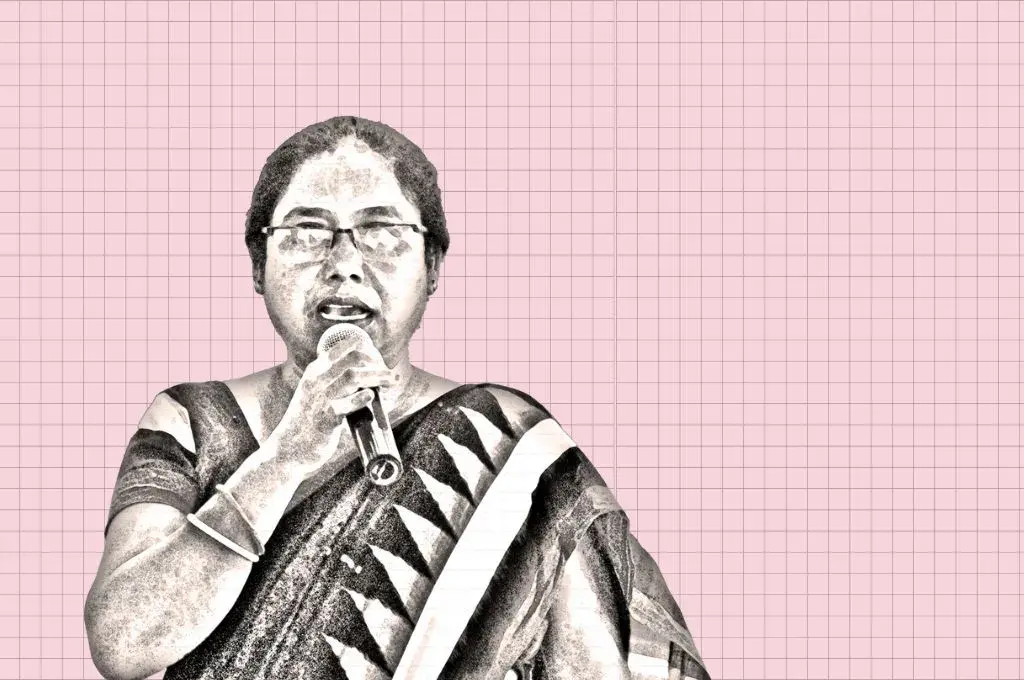Issues related to disability are predominantly underreported in Indian media. Resource constraints, shrinking newsrooms, and limited editorial bandwidth mean that disability rarely makes it onto the regular news agenda. However, for millions of persons with disabilities in India, fair and accurate reporting can be the difference between exclusion and inclusion.
Article 8 of the United Nations Convention on the Rights of Persons with Disabilities (UNCRPD) encourages all organs of the media to portray persons with disabilities in a manner consistent with the purpose of the convention—to promote, protect, and ensure human rights and fundamental freedoms of persons with disabilities. Section 25 (h) of Rights of Persons with Disabilities (RPwD) Act, 2016, also directs the government to create awareness among the masses through television, radio, and other mass media on the causes of disabilities and the preventive measures to be adopted.
Most newsrooms, however, lack specific guidelines for reporting on disability, which can result in inconsistent terminology and insensitive portrayals of persons with disabilities. According to the Disability Advocacy Resource Unit, disability is often still viewed through a ‘charity model’, which sees persons with disabilities as needing ‘help’ and unable to care for themselves. Although well intentioned, this view risks undermining the autonomy and rights of persons with disabilities.
We need to move from this charity model to a ‘social model’, which focuses on removing barriers that restrict the life choices of persons with disabilities, and empowers them by changing how we view and report on the subject.
To fulfil this need, we at the National Centre for Promotion of Employment for Disabled People (NCPEDP) in collaboration with Jindal School of Journalism and Communication (JSJC), O P Jindal Global University, and supported by EXL, developed a comprehensive disability reporting toolkit for the Indian media. It provides journalists with guidelines on respectful language, best practices, and strategies to engage with disability issues thoughtfully, ensuring that this otherwise underreported topic is represented accurately in the media.

Why language matters
It is important to be aware of and use appropriate language when speaking to or about persons with disabilities, ensuring that the terms or phrases we employ aren’t rooted in ableism. Given the critical role it plays in building perceptions, the language we use shouldn’t devalue and discriminate against persons with physical, intellectual, or psychiatric disabilities, and must be free from the assumption that persons with disabilities need to be ‘fixed’.
Research indicates that ableist language can lead to more negative misconceptions and reduced tolerance for persons with disabilities, and can contribute to stigma and shame. It is thus essential to evolve with the language, as many terms that were once common are no longer acceptable.
Here’s what we should keep in mind when reporting on disability.
1. Use people-first language
The term ‘disability’ is a description, not a label for a group of people. People-first language emphasises the person before their disability, shifting the focus from the disability to the individual. This is the most widely accepted way to refer to persons with disabilities and is used in the UNCRPD. For example, ‘children with albinism’, ‘students with dyslexia’, ‘women with intellectual disabilities’, and ‘people with disabilities’ are all appropriate terms.
However, it is always better to ask individuals or groups how they prefer to identify themselves. People with disabilities are not a homogeneous group, and their identities may vary. It’s crucial to respect and recognise these identities.
2. Avoid labels and stereotypes
Disability should not be sensationalised or dramatised. Referring to people with disabilities as ‘inspirational’ may suggest that it is extraordinary for them to lead successful, fulfilling lives. Similarly, describing persons with disabilities as ‘brave’, as having ‘overcome’ their disabilities, or as ‘survivors’ can be considered patronising.
Avoid portraying persons with disabilities as inherently vulnerable. Vulnerability often arises from the intersection of multiple marginalisations. For instance, in low- and middle-income countries, women with disabilities are at a significantly higher risk of experiencing gender-based violence.
The contributions of persons with disabilities shouldn’t be solely reduced to their disability. It’s important to avoid tokenism—this means not mentioning a person’s disability unless it is directly relevant to the story. Unnecessary references can reinforce stereotypes or distract from the main message. However, this doesn’t mean disability-related issues should be overlooked. Instead, they should be discussed openly, accurately, and respectfully, ensuring that the focus is on inclusion, accessibility, and equal opportunities. The goal is to promote understanding and representation without sensationalism or pity.
3. Avoid condescending euphemisms
Terms such as ‘special needs’ or ‘special assistance’ are considered offensive and condescending as they stigmatise differences. Neutral or positive terms, like ‘tailored assistance’, are more appropriate. Even the phrase ‘special education’ often carries negative connotations as it suggests segregated education. Use more inclusive language where possible.
4. Don’t portray disability as an illness
Using terms such as ‘illness’ or ‘victim (of a disability)’ contributes in portraying disability as something that needs to be fixed. Persons with disabilities should be referred to as ‘patients’ only if they are under medical care. Phrases such as ‘suffers from’, ‘afflicted with’, or ‘stricken with’ should be avoided as they imply constant pain or helplessness. Instead, say ‘someone has (a disability)’ or ‘someone is (blind/deaf/deafblind).’
Similarly, phrases such as ‘the man inside the paralysed body’ or ‘she transcended her disability’ should be avoided as they are ableist and imply that the person’s body or mind is separate from their identity.
When the media is equipped with tools to report on disability with accuracy and respect, it fosters the use of language that centres rights and capabilities, rather than just the challenges of persons with disabilities. This toolkit also serves as a resource for understanding the sociopolitical and legal framework that governs disability rights in India, such as the RPwD Act and the UNCRPD.
Adopting these practices will build a media landscape that shifts the narrative away from persons with disabilities being viewed as victims or heroes. Instead, it will allow for their representation as individuals with equal rights, aspirations, and contributions to make. Reporting on disability with dignity can dismantle the barriers of bias in service of building a society that respects diversity.
Moksh Dhand, Muskan Kaur, Sheikha Mariyam Sam, Shreya Saksena, and Uddantika Kashya contributed to the article.
—





